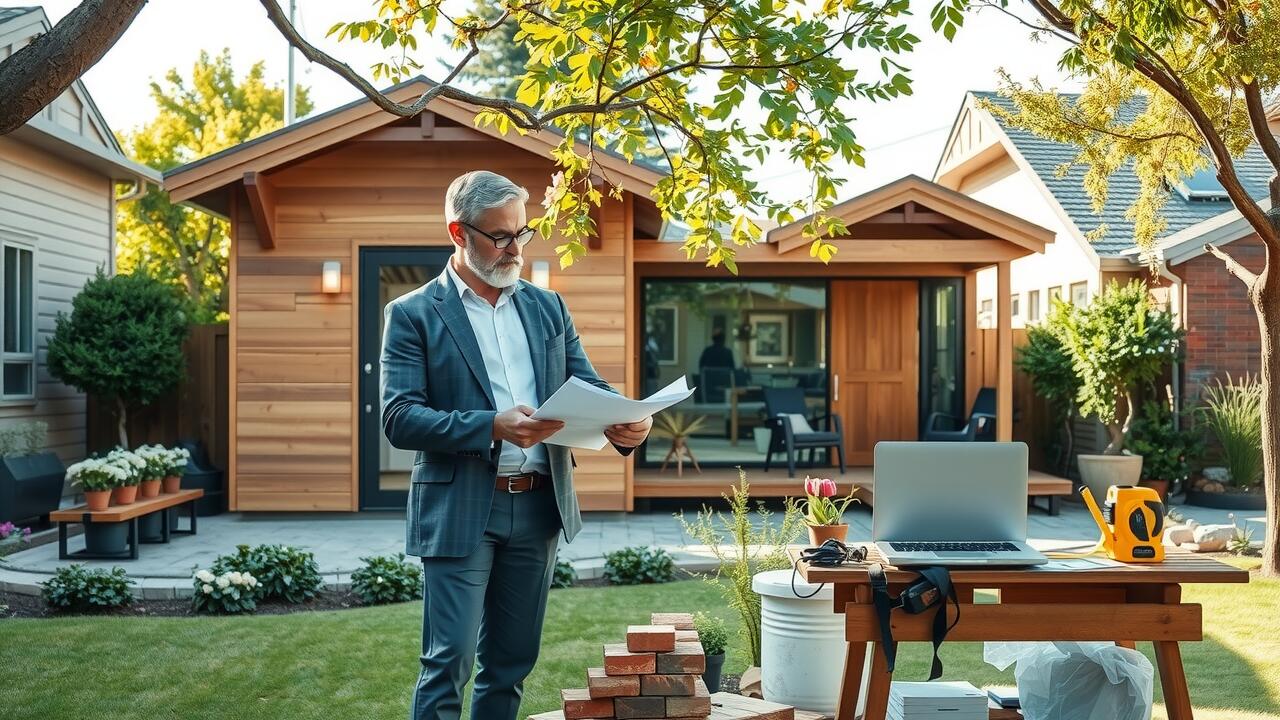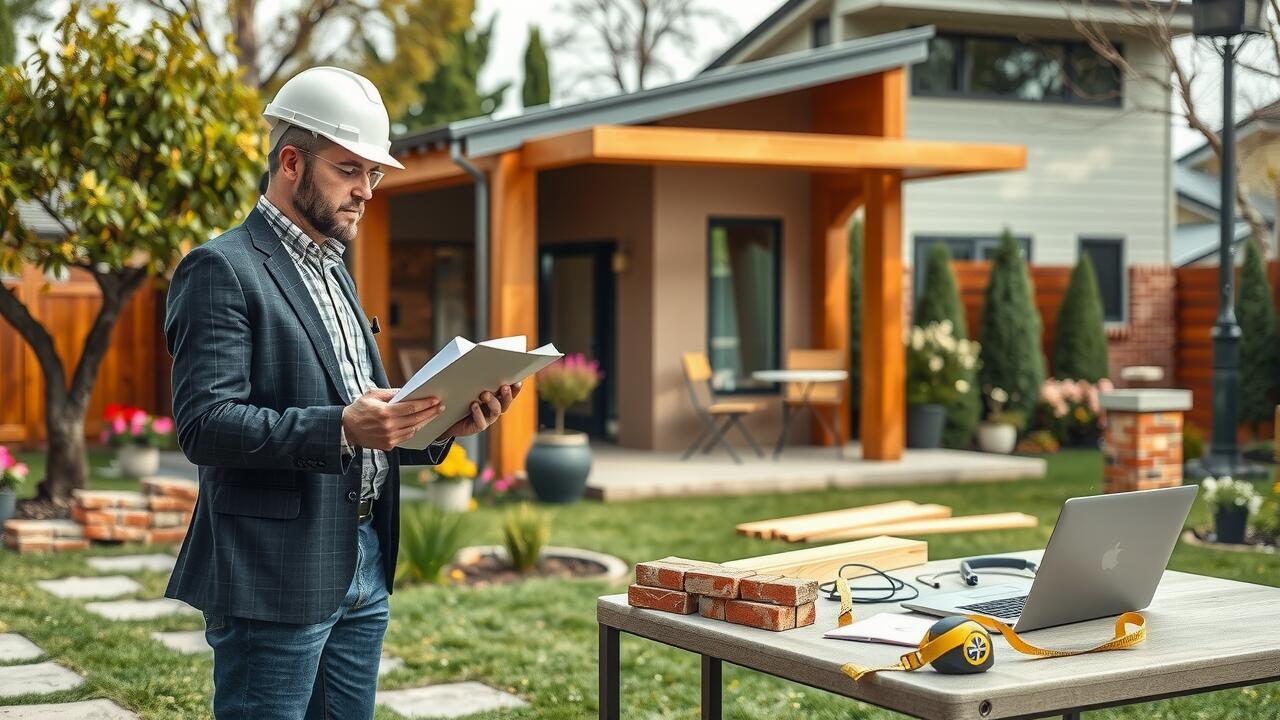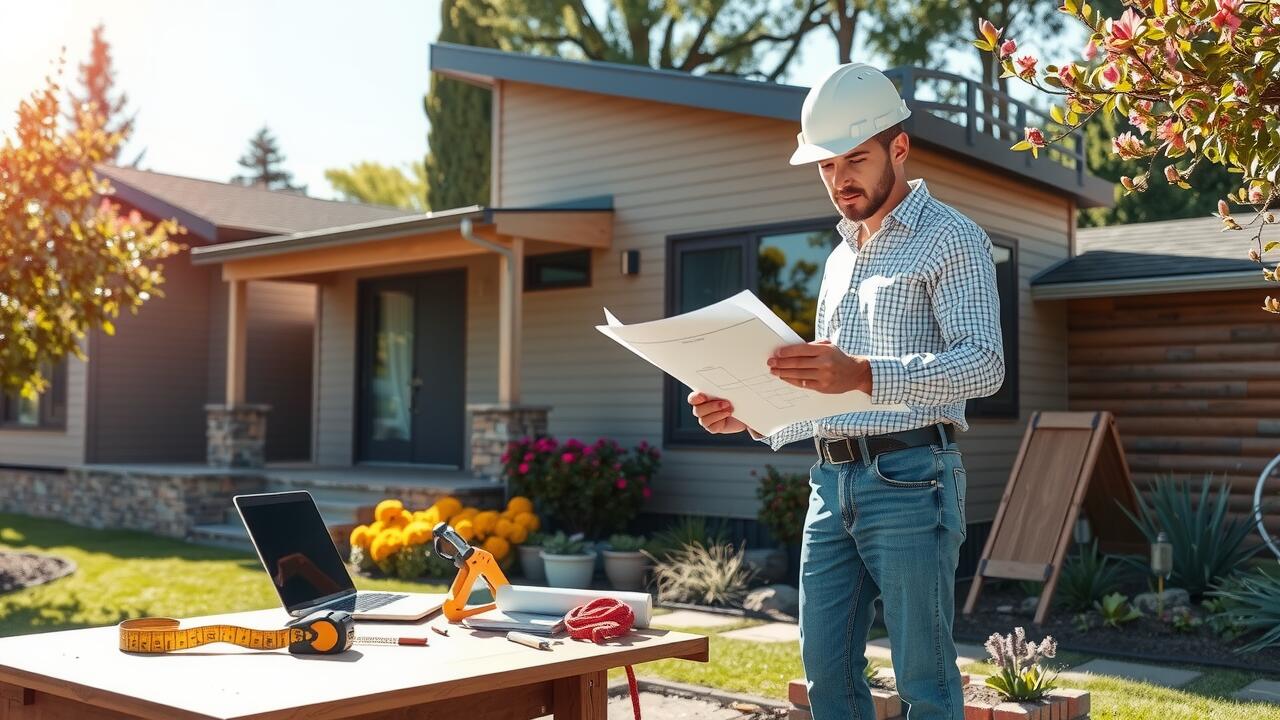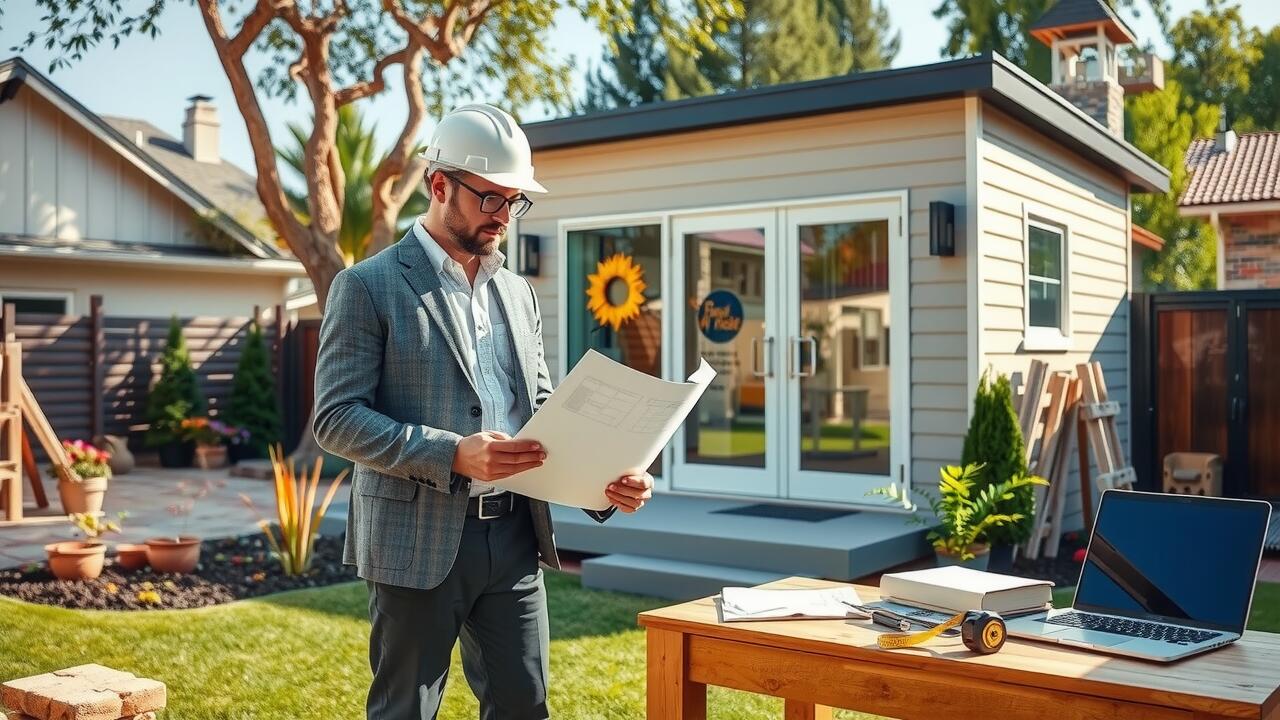
Table Of Contents
Financial Incentives for ADU Development
California has implemented various financial incentives to promote the development of accessory dwelling units (ADUs) across the state. These incentives aim to address housing shortages while providing homeowners with additional income opportunities. For those interested in building an ADU in Sand Canyon, Santa Clarita, there are programs that offer low-interest loans and grants to offset construction costs. These resources help make the initial investment more approachable for families looking to expand their living space.
Homeowners can also benefit from property tax exemptions when they construct ADUs. This can significantly reduce ongoing expenses, making the addition of an ADU even more attractive. Additionally, some utility companies provide rebates for energy-efficient appliances and features incorporated into new ADU builds. Such financial support not only fosters the growth of sustainable housing options but also enhances the overall community by increasing the availability of affordable rental opportunities.
Available Grants and Loans
California offers various financial incentives to encourage the development of accessory dwelling units (ADUs). Homeowners looking to build an ADU in Plum Canyon, Santa Clarita, can take advantage of state-funded grants and low-interest loans designed to reduce the financial burden of construction. These programs aim to make housing more accessible and affordable, especially in areas facing housing shortages. Applications for these financial aids are typically available through local government agencies or housing authorities.
In addition to state programs, some nonprofit organizations provide funding opportunities specifically for ADUs. These organizations often focus on community development and may offer grants to homeowners who meet specific criteria. It’s essential for potential builders to explore these options, as they can significantly offset the costs associated with permit fees, materials, and labor for constructing an ADU in Plum Canyon, Santa Clarita.
Requirements for ADU Construction
California’s new laws regarding accessory dwelling units (ADUs) establish clear requirements for construction, aiming to streamline the development process while ensuring safety and livability. Homeowners must adhere to specific zoning regulations, including minimum lot sizes and setbacks determined by local ordinances. For instance, constructing an ADU in Valencia, Santa Clarita, requires compliance with these regulations along with obtaining the necessary permits from local authorities before commencing any building.
Building codes and safety standards play a critical role in the construction of ADUs. These codes encompass structural integrity, electrical systems, plumbing, and energy efficiency, all designed to protect residents and maintain neighborhood quality. When planning an ADU in Valencia, Santa Clarita, homeowners are encouraged to consult with local agencies to ensure adherence to all safety protocols and to address any unique environmental concerns tied to the property’s location.
Building Codes and Safety Standards
Building codes and safety standards play a crucial role in the construction of Accessory Dwelling Units (ADUs) in California. Local jurisdictions impose specific regulations to ensure that all ADUs, including those such as an ADU in Honby, Santa Clarita, meet safety and structural integrity requirements. These standards address aspects like electrical systems, plumbing, and overall building design to promote the health and safety of residents. Homeowners must also navigate zoning laws that dictate property size, setbacks, and height restrictions, ensuring that the ADU harmonizes with existing neighborhood aesthetics.
Permitting processes are designed to further enforce compliance with safety codes. All construction must adhere to the California Building Code, which has been updated to address modern safety concerns and sustainability practices. Plans for an ADU must undergo review and approval prior to the commencement of any work. Inspectors will verify that the construction meets the local safety standards, providing homeowners with peace of mind that their units are safe and sound. For projects like an ADU in Honby, Santa Clarita, understanding these codes is essential to avoid costly modifications or delays in the development process.
Environmental Considerations
California’s approach to environmental considerations in accessory dwelling unit (ADU) development emphasizes sustainability and eco-friendly building practices. Local governments are encouraged to incorporate green building standards into their ADU regulations. This includes the use of energy-efficient materials and technologies that lower the carbon footprint of new constructions. These practices not only enhance the quality of life for residents but also contribute to broader environmental goals.
In Santa Clarita, homeowners looking to build an ADU have the opportunity to utilize various environmentally sustainable practices. Innovations such as solar energy installations, rainwater harvesting systems, and native landscaping can be integrated into the design. Implementing these elements helps to conserve resources while aligning with the state’s commitment to sustainability and responsible development. This focus on environmental stewardship is crucial in fostering a community that prioritizes both growth and ecological health.
Sustainability and Green Building Practices
Sustainable development is becoming increasingly important in the construction industry, and the new regulations around Accessory Dwelling Units (ADUs) reflect this shift. Builders of ADUs in Canyon Country, Santa Clarita, are encouraged to incorporate eco-friendly materials and practices that reduce the carbon footprint of the construction process. Utilizing energy-efficient windows, insulation, and appliances not only benefits the environment but also enhances the living standards for future occupants.
In addition to using sustainable materials, green building practices include optimizing the design for energy production and consumption. For example, installations of solar panels and rainwater harvesting systems can significantly decrease reliance on traditional utilities. Local building codes often promote these innovations, aiming for ADUs not just to be functional living spaces, but also to contribute positively to the community and the planet.
FAQS
What is an ADU?
An ADU, or Accessory Dwelling Unit, is a secondary housing unit on a single-family residential lot. It can be a detached structure or part of the main home, such as a basement apartment or converted garage.
What are the main benefits of developing an ADU in California?
The main benefits include providing additional housing options, generating rental income, increasing property value, and offering housing for family members or caregivers.
What financial incentives are available for ADU development in California?
California offers various financial incentives, including grants, low-interest loans, and tax credits aimed at promoting the construction of ADUs.
What are the requirements for constructing an ADU in California?
Requirements typically include compliance with local zoning laws, adherence to building codes and safety standards, and ensuring the design aligns with the character of the neighborhood.
Are there specific building codes and safety standards for ADUs?
Yes, ADUs must comply with state and local building codes, which include safety standards related to structural integrity, fire safety, plumbing, and electrical systems.
How does California promote sustainability in ADU construction?
California encourages sustainability through regulations that promote green building practices, such as energy-efficient designs, the use of sustainable materials, and the inclusion of eco-friendly features like solar panels.


